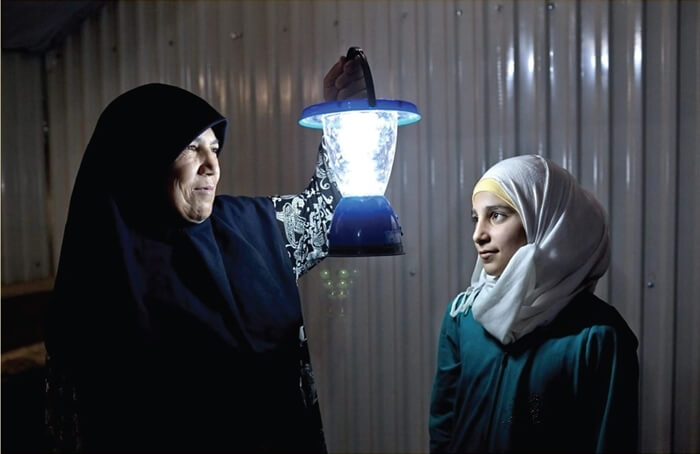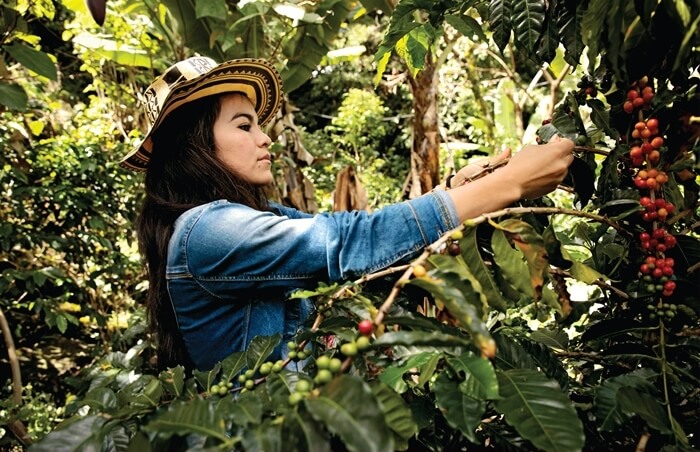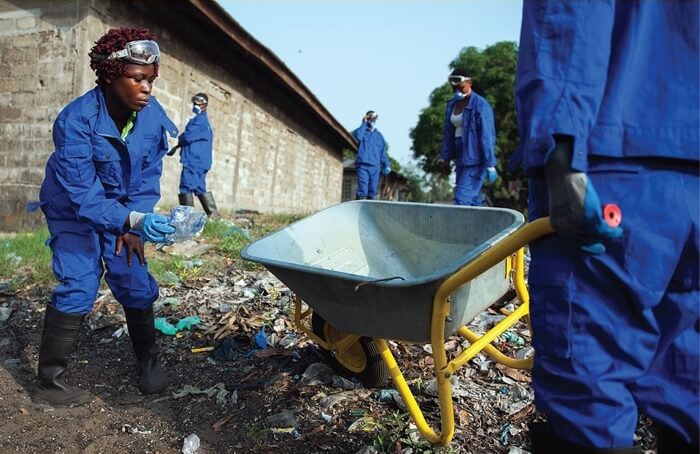Excerpt from EOS
The islands of the West Indies—comprising the Greater Antilles, Bahamas, and Lesser Antilles—feature remarkable biodiversity, with species mainly having originated from South and Central America. These islands are regarded collectively as one of the 25 main biodiversity hot spots on Earth and the third in terms of endemism (a measure of the number of species that are found only in that geographic region) [Myers et al., 2000].
Charles Darwin noted that “the South American character of the West Indian mammals seems to indicate that this archipelago was formerly united to the southern continent, and that it has subsequently been an area of subsidence” [Darwin, 1873, p. 132]. However, the origin of Caribbean fauna and flora is still highly debated.
Similarities in observed morphological characteristics and genetics between species in geographically separated regions are commonly accepted as evidence that species migrated between these regions at some time in the past. When two populations of a species are separated and no longer interact, they often evolve into new, separate species, an event known as a population split.

Island Innovation is a social enterprise and digital media company at the intersection of sustainable development and communications, offering specialised services across various sectors. We bring together the private sector, government, utilities, NGOs and universities to advance innovation for sustainability and prosperity in islands worldwide.















